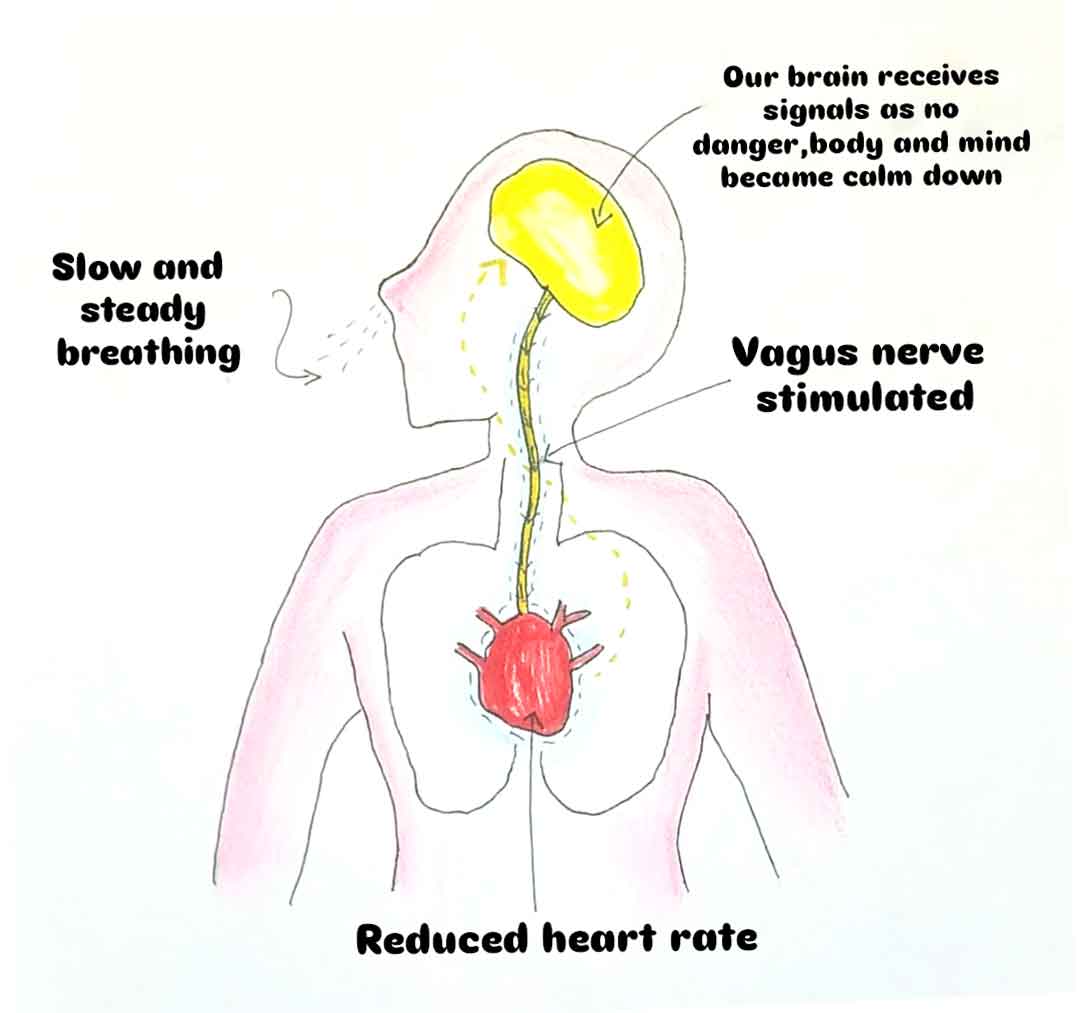Transform Stress with Breathwork and Ice Baths
Is the Cold Intimidating for You?
Many of us see the cold as something to avoid, but it can actually be a powerful teacher. Imagine staying calm in stressful situations, facing discomfort with ease, and discovering your ability to adapt and grow. The cold isn’t just a temperature—it’s a tool to build resilience and unlock your inner strength.
What Happens When You Face the Cold?
Cold exposure triggers a stress response: your blood vessels tighten, your heart races, and your mind may panic. But with the right techniques, you can shift your reaction, stay calm, and even embrace the challenge. The cold becomes your ally, not your enemy.

The Breath-Body Connection: Your Secret Superpower
Your breath is more than just air—it’s the key to managing your nervous system. When you breathe deeply and intentionally, you can move from a stressed state (fight or flight) to a calm state (rest and digest). This ability to control your response is a game-changer, especially in something as intense as an ice bath.

Why Try an Ice Bath?
Boost Circulation
Cold exposure improves blood flow and strengthens your cardiovascular system.
Reduce Inflammation
It helps muscles recover faster and eases soreness.
Enhance Your Mood
Cold water triggers the release of endorphins, lifting your spirits.
Build Resilience
Teaches your body and mind to handle stress better.
Support Immunity
Stimulates the immune system and builds resistance to illness.
Is an Ice Bath Right for You?
While ice baths are amazing, they’re not for everyone. Please avoid them if you have:
- Heart problems or high blood pressure.
- Circulation issues or conditions like Raynaud’s disease.
- Hypothermia or extreme sensitivity to cold.
- Any medical condition that could worsen with cold exposure. When in doubt, check with your doctor first.
Stay Calm in an Ice Bath with Breathwork
The secret to staying calm in the cold lies in your breath. Slow, controlled breathing sends signals to your brain, letting it know that you’re in a safe environment. This triggers your body’s relaxation response, helping to calm both the mind and body.
As your breath slows down, it stimulates the vagus nerve, which plays a key role in regulating heart rate and promoting a state of balance within your nervous system. The result? A slower heart rate, reduced stress, and an overall sense of calm, even in challenging conditions like exposure to cold.

How to Breathe: A Simple Guide

- Inhale deeply and slowly through your nose.
- Exhale deeply and slowly through your nose or mouth.
- Keep your breaths steady and relaxed.
This breathing pattern helps you stay centered and in control before, during, and after your ice bath.
Getting Into the Ice Bath
- Prepare Yourself: Take a few deep breaths to calm your mind.
- Step In Slowly: Don’t rush. Focus on your breath, not the cold.
- Stay Steady: Keep breathing deeply. Avoid shallow, panicked breaths.
- Time It Right: Start with 1-2 minutes and increase gradually as you get comfortable.
After the Ice Bath
- Step Out Slowly: Take your time and avoid sudden movements.
- Warm Up Gently: Use a towel and perform light movements. Skip the hot shower for now.
- Reflect and Celebrate: Notice how your body feels and acknowledge your achievement. You did it!
FAQ
Ice baths are generally safe, but always consult a doctor if you have any medical concerns.
Ideally, between 2-10°C (35-50°F).
Start with 1-2 sessions per week and adjust based on your goals and comfort level.
Ready to Take the Plunge?
Book a private breathwork or meditation session with me and discover how to transform your relationship with stress and discomfort.
About Me
I’m Aravind, a meditation and breathwork teacher based in Koh Phangan, Thailand. My mission is to help you connect with your breath, embrace challenges, and unlock your full potential.
Have questions? Feel free to reach out via WhatsApp at +91 9710391700.

